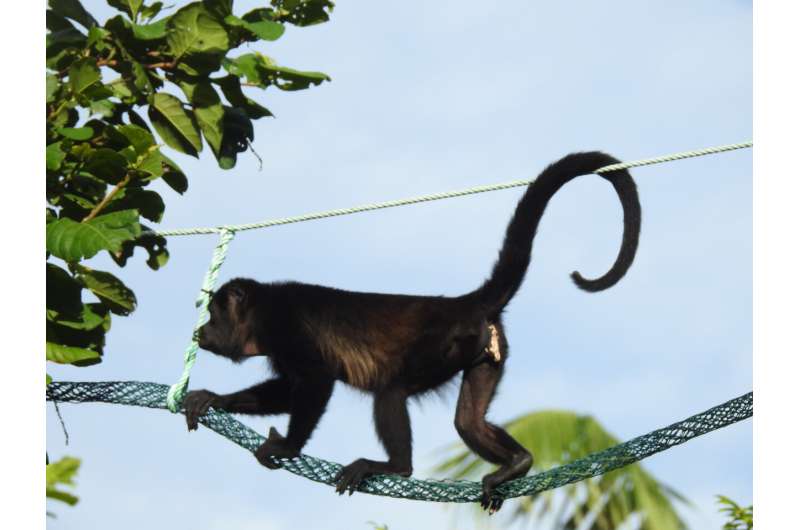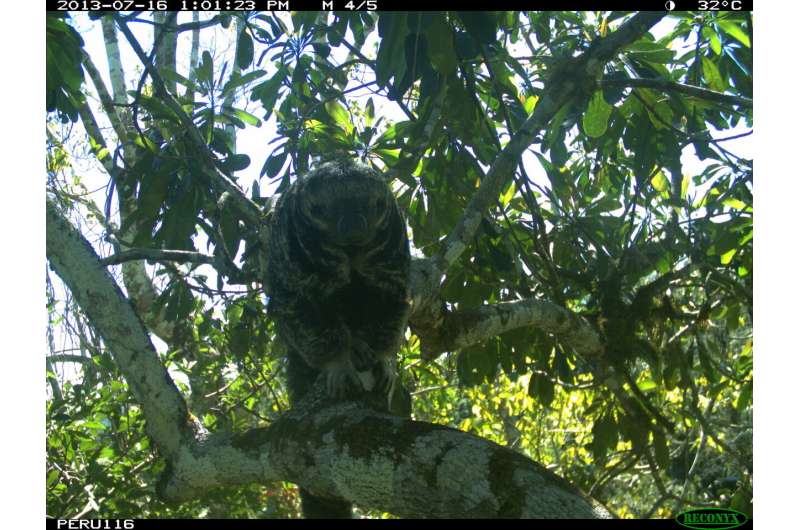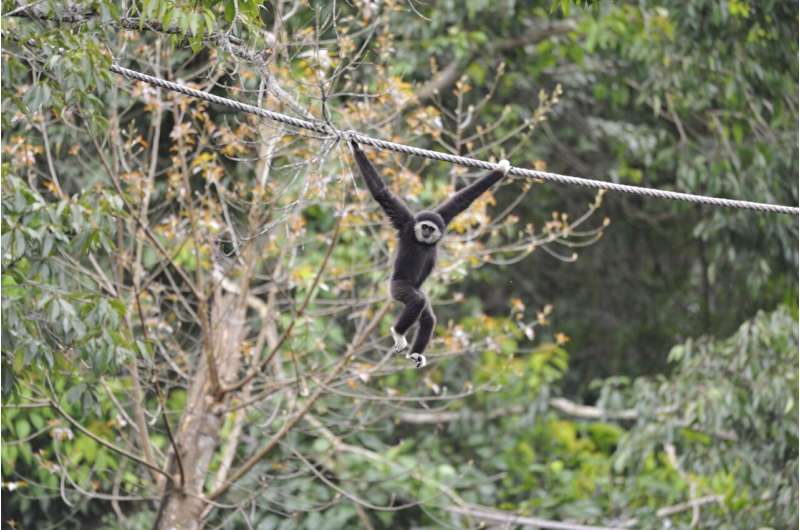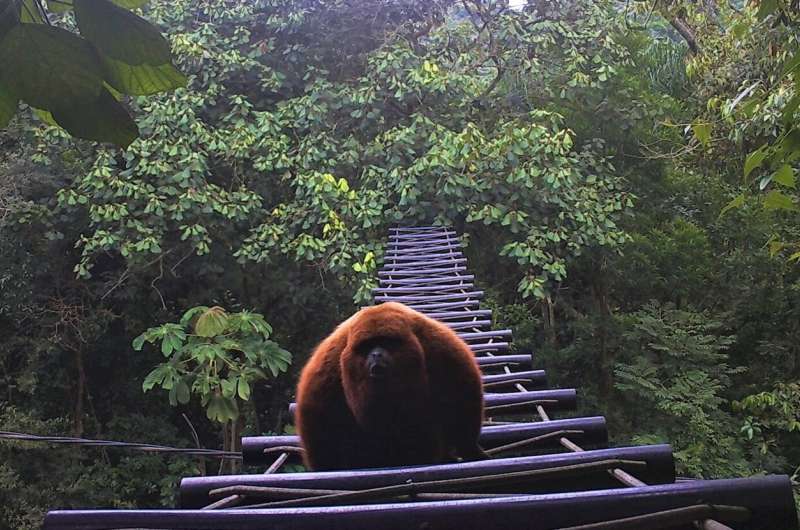Canopy bridges key to habitat connectivity globally and arboreal animal conservation: Case studies from around the world

Roads and other forms of human linear infrastructure are a major source of direct mortality for wildlife. They present substantial threats to global ecosystems through collisions with vehicles and bisection of habitats, causing isolation of animal populations on either side.
Such isolation can lead to the loss of access to important resources such as food, shelter and mates and eventually to substantial species decline. The impacts on terrestrial mammals are profound, but in many parts of the world, many species are partially or entirely arboreal or tree-living, and their aversion to coming down to the ground makes the impact of roads even more pronounced.

Canopy bridges—artificial and natural crossing structures over linear infrastructure—are increasingly implemented by scientists and conservation practitioners to help solve this habitat fragmentation problem.
23 peer-reviewed case studies on research in 14 countries included in the December issue of Folia Primatologica illustrate the increasing sophistication of canopy bridge research with growing interest by researchers in testing innovative designs and monitoring methods.

This new body of literature will substantially contribute to the understanding of canopy bridges, including species' use of different designs, involved costs and materials. These improvements and the transfer of knowledge between research teams will allow the implementation of canopy bridges to be scaled up globally and the challenge of a growing road network to have mitigation solutions for arboreal species.
"Designing and implementing bridges animals will use can be extremely challenging. As the global road system explodes, it is perfect timing for conservationists and practitioners to learn from each other to more efficiently implement solutions that work," said Tremaine Gregory, lead editor, co-author of three publications and conservation ecologist at the Smithsonian's National Zoo and Conservation Biology Institute.

"This special issue features new insights from researchers and practitioners from all around the globe that can guide important changes toward arboreal species conservation. This range of information is a relevant advance for science and for managing road development in a way that is more sustainable for wildlife," said Fernanda Abra, co-editor, co-author of two publications and postdoctoral fellow in the Smithsonian's National Zoo and Conservation Biology Institute.
More information: A new window into canopy bridges as a mitigation strategy for arboreal mammals, Folia Primatologica (2022), brill.com/view/journals/ijfp/9 … 6/article-p197_1.xml
Arboreal wildlife bridges in the tropical rainforest of Costa Rica's Osa Peninsula, Folia Primatologica (2022), brill.com/view/journals/ijfp/9 … /article-p419_17.xml
Canopy bridges are an economical mitigation reducing the road barrier effect for three of four species of monkeys in Diani, Kenya, Folia Primatologica (2022), brill.com/view/journals/ijfp/9 … 6/article-p217_3.xml
Provided by Smithsonian National Zoological Park





















